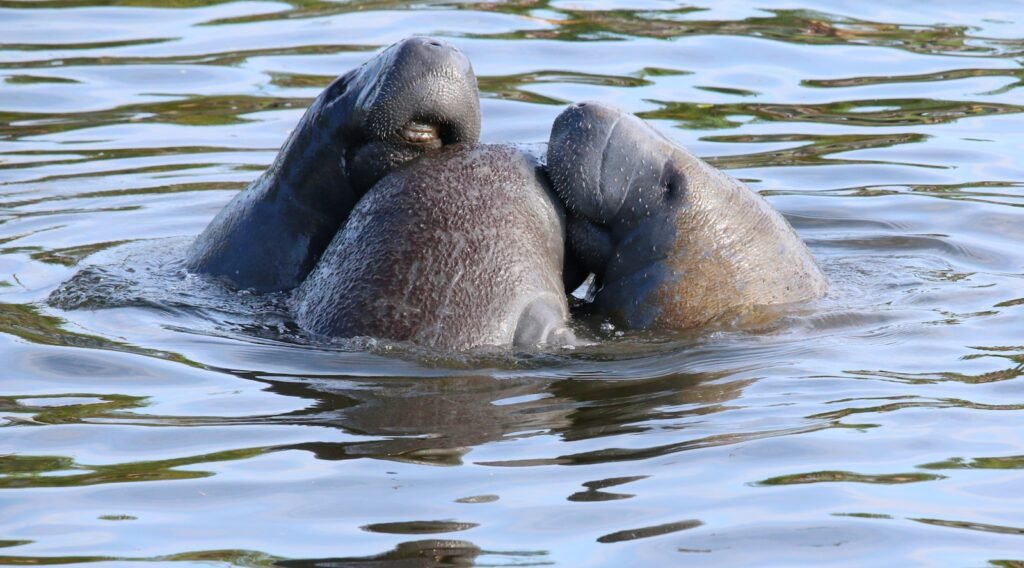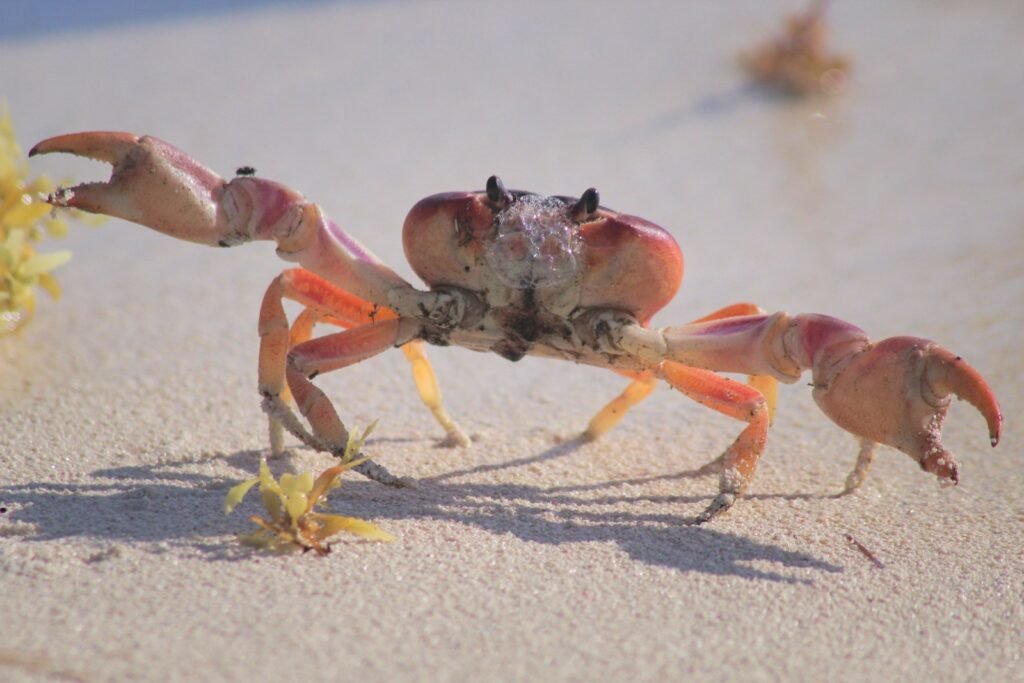Spring came like a soft drumbeat along Georgia’s coast this year, and with it, a surprise: manatees sliding into tidal weeks earlier than many locals remember. Warmer waters are nudging these gentle grazers north sooner, shifting a seasonal rhythm that people and wildlife managers have relied on for decades. The mystery isn’t just about when they arrive; it’s about what cues are changing underwater and what that means for manatees dodging boat propellers in busy creeks. As a science reporter who’s watched for whiskered noses near dock pilings, I felt both wonder and worry – wonder at their resilience, worry about the fast pace of ocean change. The story unfolding in Georgia echoes a broader pattern in marine mammals worldwide: migrations are moving on a warming clock.
The Hidden Clues

For manatees, temperature is the quiet metronome. These subtropical mammals are physiologically stressed when waters hover near 68°F, and they actively seek warmth when temperatures fall – so the flip side is also true: sustained spring warmth invites earlier forays into estuaries and rivers. In recent years, Georgia’s coastal waters have regularly warmed enough by March to draw manatees in, a window that once centered more squarely on late spring. Earlier warmth jump-starts both their comfort and their food supply, from algae on dock pilings to lush marsh grasses. Subtle shifts in salinity and tidal flow can sharpen these cues, creating short-lived thermal pockets that feel like a welcome mat.
State and federal agencies note that manatees typically frequent Georgia from roughly April through October – but recent advisories acknowledge sightings as early as March and into November during warm years, reflecting a real-world nudge in timing. That nudge is consistent with a climate trend: when spring starts earlier, animal calendars adjust.
River Clocks Running Fast

Georgia’s rivers – St. Marys, Satilla, Altamaha, Ogeechee, and Savannah – are the seasonal stage for these slow-moving herbivores. Wildlife crews track them in tidal creeks and nearshore estuaries, where the animals graze and rest within quick reach of deep channels. As years stack up with milder late winters, manatee “first arrivals” are being logged earlier, and boaters start seeing telltale surface swirls sooner than expected. In one Georgia DNR newsletter, an unusually early warm-up was linked with manatees showing up ahead of schedule along the coast, a pattern that has since become more familiar than rare. The practical result is a longer overlap between manatees and busy boating seasons.
Managers now emphasize vigilance earlier in the year, because the earlier the arrivals, the greater the time-at-risk in narrow, shallow waterways where boat strikes happen. It’s a small phenological shift with outsized safety consequences, especially around docks and marsh edges.
From Ancient Tools to Modern Science
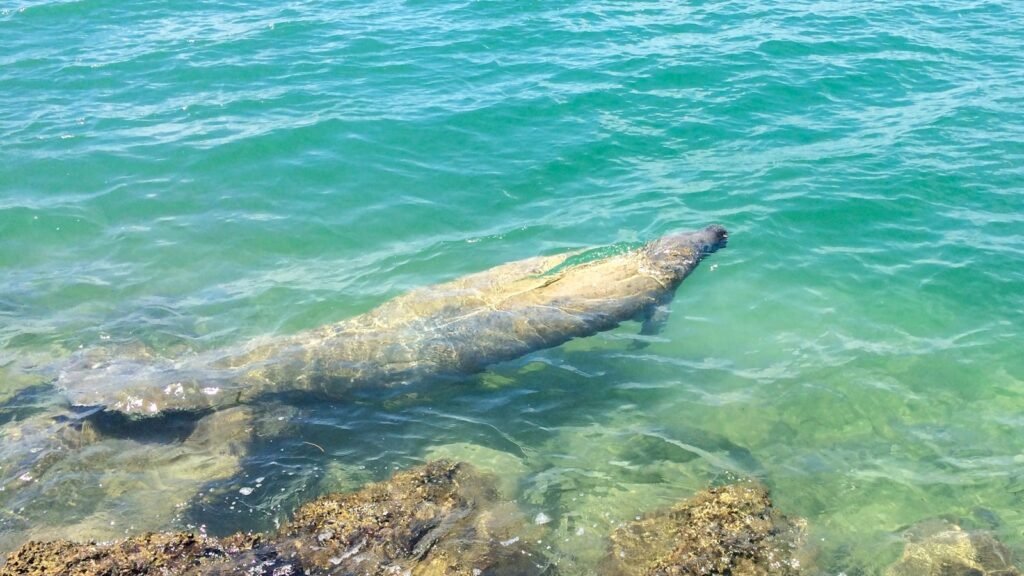
Manatees evolved simple rules that work: seek warmth, find food, avoid fast water. Scientists, meanwhile, use a far more complex toolkit to understand those decisions. Aerial surveys and GPS tags map seasonal pathways, while passive acoustic recorders listen for the soft breaths of marine mammals moving through turbid rivers. Newer methods, like environmental DNA filtered from water samples, can confirm presence even when animals stay shy of the surface. The data converge on a clear theme – temperature thresholds and habitat quality align with timing changes.
These approaches also help compare manatees with other marine mammals. Long-term records from New England to the Antarctic show whales adjusting when and where they spend peak time in key habitats, a fingerprint of climate reshaping migration calendars. In other words, manatees aren’t alone in following a moving finish line.
Heat, Salinity, and the Slow Heartbeat

Physiology sits at the heart of this story. Unlike seals and whales, manatees lack a thick blanket of blubber, so thermal budgets matter; when waters drift below the upper 60s, stress can spike and movement patterns change fast. That sensitivity means even a few degrees of warmth in late winter can unlock northern habitat earlier, especially in rivers where fresher water and calm pockets reduce heat loss. Food meets comfort: early growth of cordgrass and aquatic vegetation creates a buffet at the marsh edge, while algae on pilings offer easy calories.
Scientists and managers consistently reference a temperature tipping point near 68°F as a behavioral trigger for migration into or out of warm refuges. It’s a simple rule of thumb with strong predictive power, and in a warming world, it tilts the balance toward earlier seasonal northward jaunts.
Global Perspectives
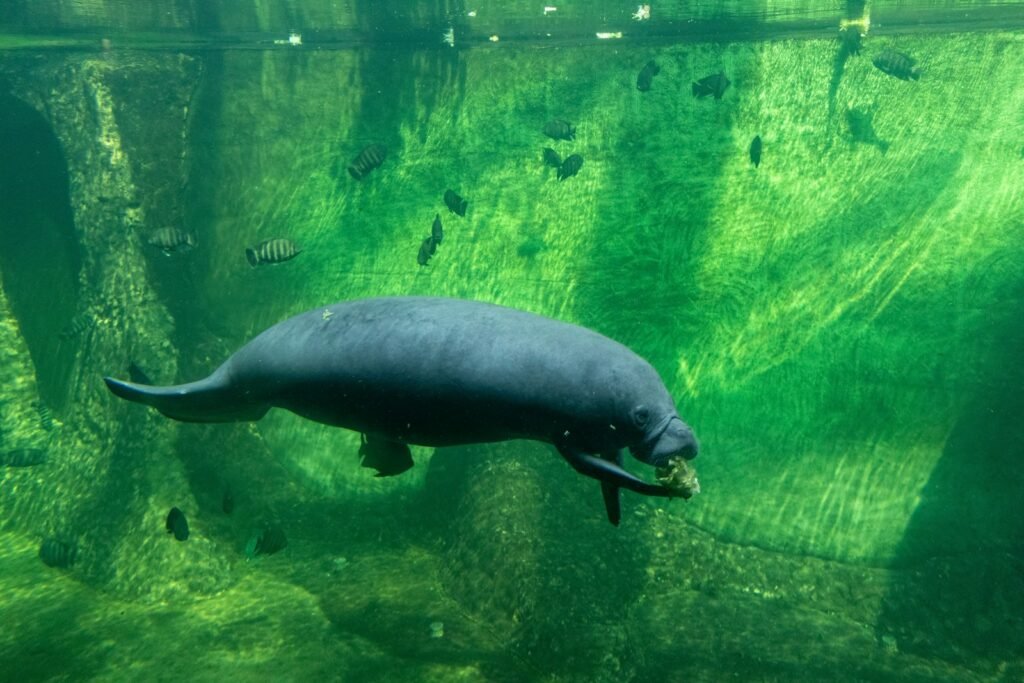
Zoom out, and the early manatee arrivals line up with broader marine mammal shifts. In the Gulf of Maine, the peak seasonal use of Cape Cod Bay by right whales and humpbacks shifted by approximately 12 days over two decades, tracking an earlier, climate-driven spring. Along Australia’s east coast, a large dataset shows humpbacks starting their southward migration weeks earlier than in the early 2000s, mirroring changes in sea ice and prey. Timing doesn’t slide uniformly – some whale peaks arrive earlier, others later – but the clock is clearly not fixed.
Ice-dependent species tell an even starker story. Harp seal pups need stable late-winter ice; warming winters and earlier breakups reduce nursery habitat and raise pup mortality. Walruses, faced with receding summer sea ice, now crowd coastal haul-outs earlier and more often, heightening risks of deadly stampedes. Different oceans, same theme: warming waters reshape the when and where of marine life.
Why It Matters

Timing is safety. In Georgia’s narrow creeks, the earlier manatees arrive, the longer they overlap with heavy recreational traffic, and boat strikes are a major, ongoing threat. Managers have tallied watercraft as a substantial slice of recorded manatee mortalities since the mid-2000s, and reminders now go out in early spring to slow down, scan ahead, and idle near docks. The same timing shift also complicates how agencies schedule surveys, enforce seasonal speed zones, and plan habitat protections.
Consider the knock-on effects for science and policy:
- Surveys need to start earlier to match the animals’ revised calendar and avoid undercounts.
- Public advisories and boater education may need to run longer each year as manatees linger into late fall.
- Conservation metrics tied to fixed dates risk missing real-world exposure if migration windows keep stretching.
The Future Landscape
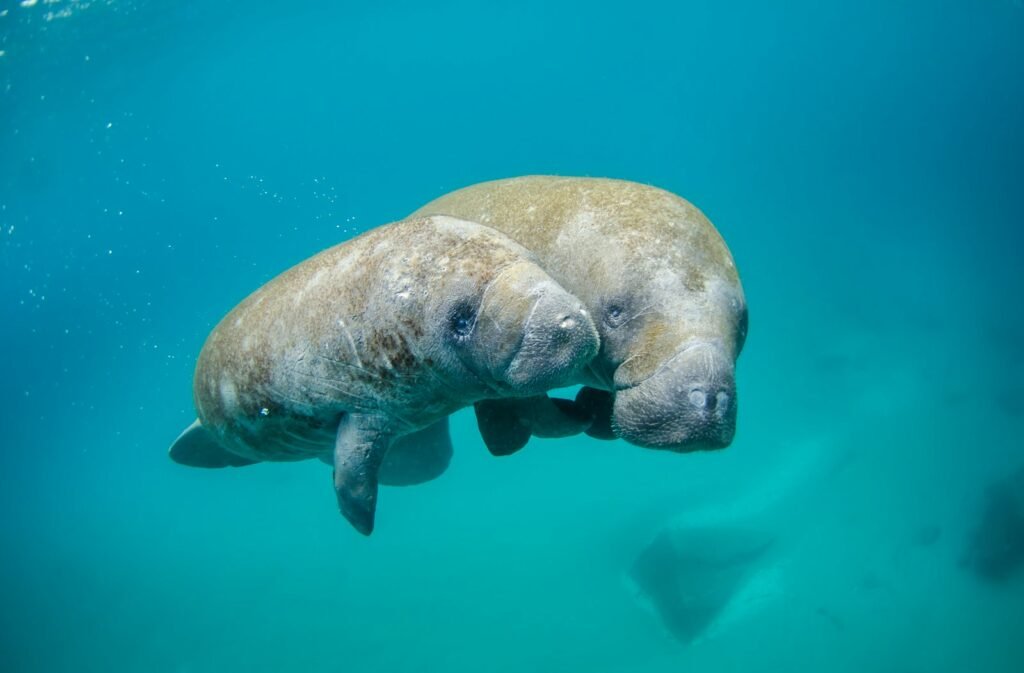
Two forces will shape manatee timing in the decades ahead: marine heatwaves and the fate of warm-water refuges. Heatwaves can scramble coastal food webs and push temperature thresholds earlier in the year, potentially extending manatees’ time in . At the same time, Florida is reassessing reliance on power-plant outfalls that have long served as winter lifelines; as those sites retire, the network of natural springs and passive basins becomes more critical. Planning frameworks now inventory and rank warm-water sites by thermal reliability, because winter survival – and thus spring migration – depends on them.
Expect management to get more dynamic: adaptive speed zones that reflect live animal detections, real-time boater alerts tied to river temperatures, and regional coordination that treats the Georgia–Florida coast as one connected migratory corridor. The goal isn’t to freeze the clock; it’s to keep manatees safe while the clock keeps moving.
From Ancient Tools to Modern Science: Georgia’s Data Gap

Even with better tech, gaps remain. Turbid water foils aerial counts, and manatees can slip beneath boat wakes unnoticed. Georgia’s teams blend pilot surveys with public sighting reports, tagging when conditions allow, and targeted monitoring near hotspots like marsh edges and busy docks. Early-season detection is still hard, especially during big tidal swings that shove warm surface water around like a slow carousel.
Bridging those gaps will lean on layered tools – temperature loggers in creeks, passive acoustics to catch breath sounds, and citizen reports that feed into state dashboards. In practice, better early warnings mean earlier slow-downs, fewer strikes, and a clearer picture of when the arrivals are shifting year to year.
Conclusion
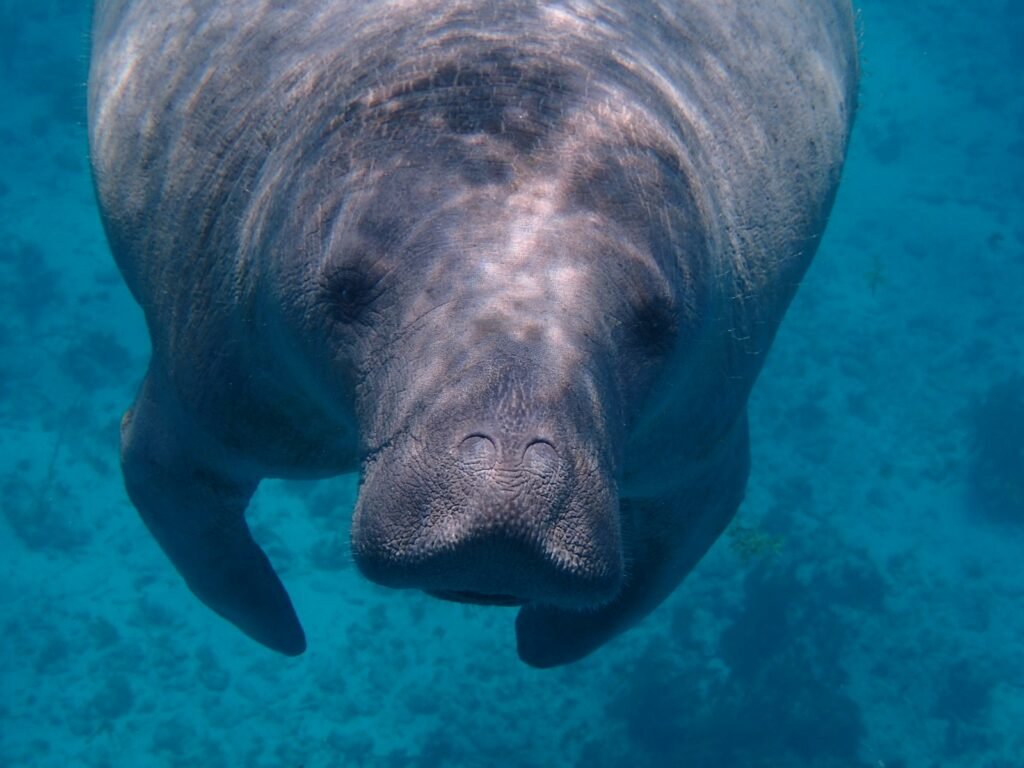
Protecting early-arriving manatees is surprisingly simple at the individual level. If you boat or kayak in Georgia’s tidal rivers, slow down in shallow water and near marsh edges, scan ahead, and idle near docks where manatees browse on algae. Give them space – at least the length of a school bus – and never feed or touch them. If you spot an injured animal or a collision occurs, stand by and call the state wildlife hotline; response time can decide outcomes. Small actions scale up quickly on busy spring weekends.
Want to go further? Support marsh and river restoration, follow seasonal speed zones, and report sightings to help biologists refine timing models. Early arrivals are here; thoughtful habits can make early arrivals safer.

Suhail Ahmed is a passionate digital professional and nature enthusiast with over 8 years of experience in content strategy, SEO, web development, and digital operations. Alongside his freelance journey, Suhail actively contributes to nature and wildlife platforms like Discover Wildlife, where he channels his curiosity for the planet into engaging, educational storytelling.
With a strong background in managing digital ecosystems — from ecommerce stores and WordPress websites to social media and automation — Suhail merges technical precision with creative insight. His content reflects a rare balance: SEO-friendly yet deeply human, data-informed yet emotionally resonant.
Driven by a love for discovery and storytelling, Suhail believes in using digital platforms to amplify causes that matter — especially those protecting Earth’s biodiversity and inspiring sustainable living. Whether he’s managing online projects or crafting wildlife content, his goal remains the same: to inform, inspire, and leave a positive digital footprint.

